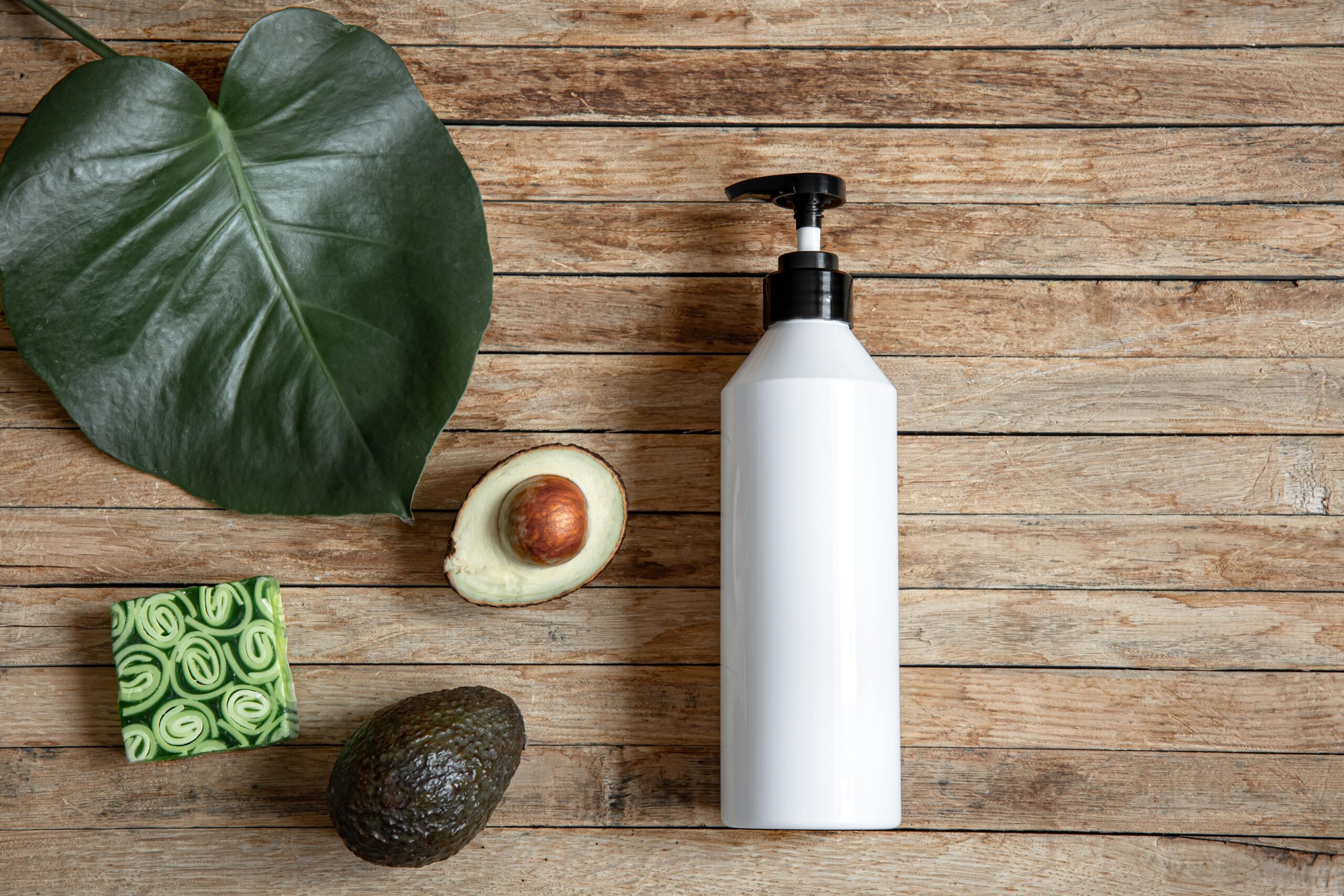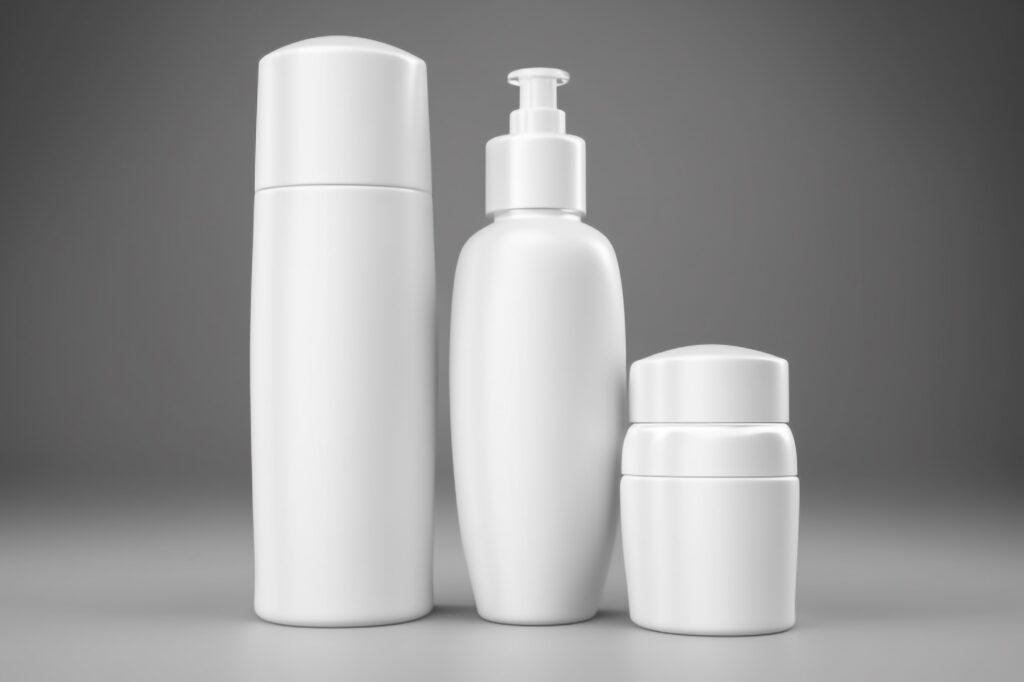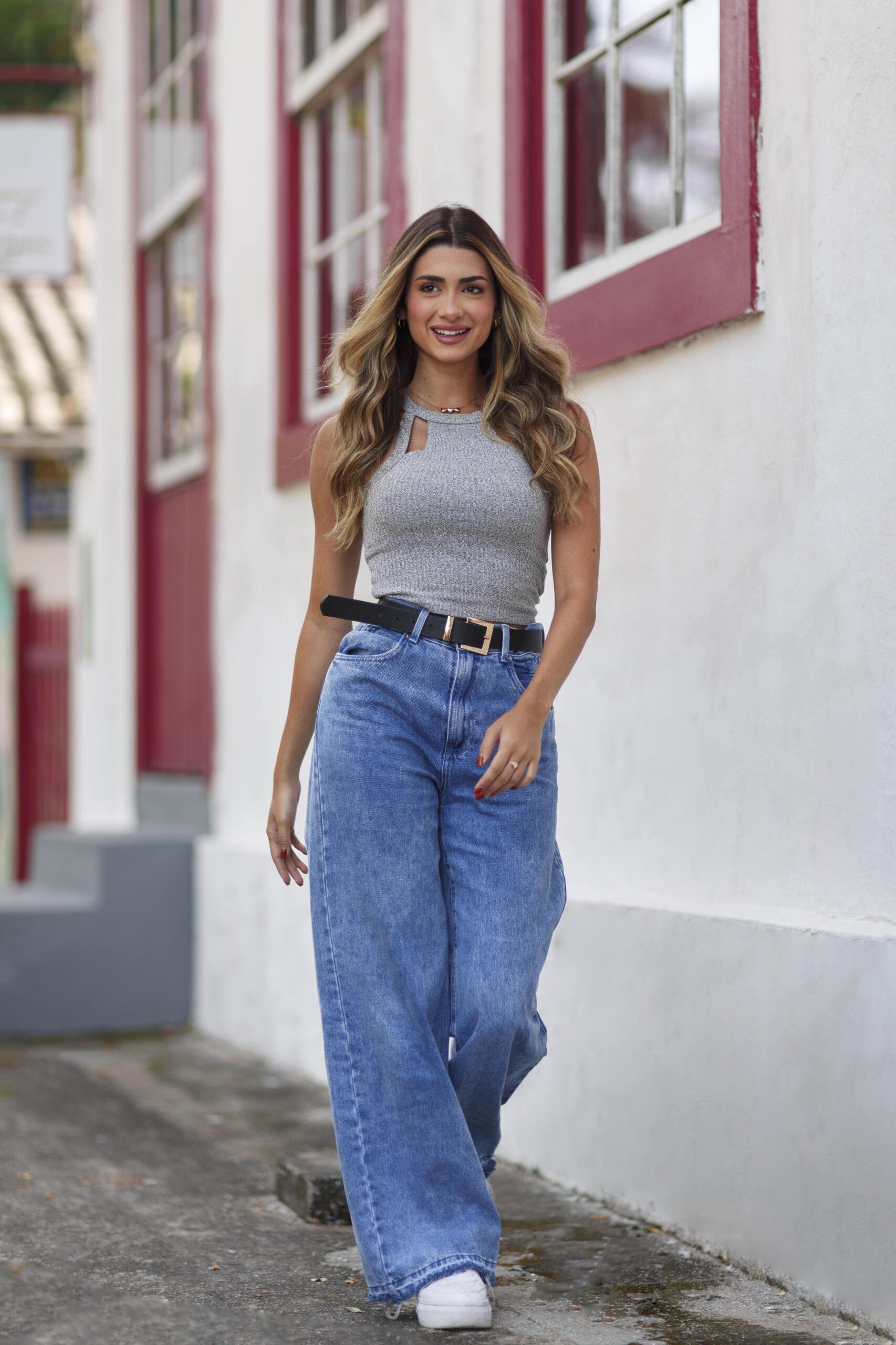In this blog post I will share my experience on the truth about bleaching hair with dry shampoo or can you bleach hair with dry shampoo in it? The simple answer is no, but read on to know why. Bleaching is a popular way to lighten hair and create an entirely new look.
However, many people wonder if they can use dry shampoo in their hair before bleaching. In this article, we’ll explore the topic of whether or not you can bleach hair with dry shampoo in it. Before we write more on bleaching hair and dry shampoo, I want to quickly answer the question:
Can You Bleach Hair With Dry Shampoo In It?
No, you cannot bleach your hair with dry shampoo in it. Dry shampoo is primarily used to absorb excess oil and refresh the hair between washes. It does not contain the necessary chemicals or ingredients to lighten or bleach the hair.
If you want to bleach your hair, it is best to use a specialized hair bleach product or seek the assistance of a professional hair stylist. Bleaching requires specific chemicals and proper application techniques to achieve the desired results safely.
Explanation of the Topic
Dry shampoo is a type of product that has become increasingly popular over the past few years. Essentially, it allows you to clean your hair without using water.
Dry shampoo works by absorbing excess oil and sweat from the scalp, leaving your hair looking cleaner and fresher. While dry shampoo can be great for extending time between washes, it’s important to consider its effects on your hair when using other products like bleach.
Brief Overview of the Importance of this Topic
The importance of understanding whether or not you can bleach hair with dry shampoo in it lies in the potential risks associated with combining these two products. Using bleach on top of residual dry shampoo can cause damage to both your scalp and hair. Additionally, any residue left on your scalp from the dry shampoo may react negatively with the chemicals in bleach.
Thesis Statement
While using dry shampoo on your hair before bleaching is not recommended, there are certain ways to minimize risks and achieve desired results. In this article we will be exploring these options further so that individuals who want to try bleaching their own hair are informed before doing so at home without consulting a professional stylist first.
While bleaching your own hair at home may seem like an excellent idea initially, there are many things that need consideration before proceeding with this process. One such aspect is whether or not using dry shampoo prior to bleaching is safe.
If you do decide that you want to try bleaching your hair on your own, ensure that you’re taking all necessary precautions and following safe procedures. Remember, consulting a professional stylist is always the best way to go when it comes to drastic changes like bleaching hair.
What is Dry Shampoo?
Dry shampoo is a type of hair care product that allows you to clean your hair without using water. It usually comes in a spray or powder form and contains ingredients like starch, clay, or talcum powder that absorb excess oil from your scalp and hair. When applied to the roots of your hair, dry shampoo can help to refresh your style by reducing greasiness and adding volume.
Definition and Explanation of How it Works
Dry shampoo works by absorbing excess sebum (oil) from your scalp and hair. Sebum is produced naturally by the sebaceous glands in your skin and helps to keep your scalp moisturized. However, when there’s too much oil on your scalp, it can make your hair look greasy and flat.
Dry shampoo contains ingredients like cornstarch or rice powder that soak up the excess oil from the roots of your hair without stripping away natural oils entirely. The powders also have a texture that makes it easier for them to adhere to the surface of the oily strands.
When you apply dry shampoo, you’re essentially putting these powders on top of the oils on your scalp so they can absorb them. As you work in dry shampoo with a brush or massaging with fingers, it also helps distribute the remaining oils on those parts where they are needed more.
Types of Dry Shampoos Available in the Market
There are several types of dry shampoos available in the market today- sprays, powders, mousse-based products – each having its own benefits. Spray-based dry shampoos are popular because they’re easy to use; however, they may leave behind residue if not thoroughly distributed throughout the hair.
Powder-based formulas come as loose powders or pressed compacts making them ideal for travel. Mousse-based products are great for thinner hair types as they help to add volume and texture.
Why Using Dry Shampoo Before Bleaching Can Be Problematic
Dry shampoo contains powders that can build up on your scalp and hair over time, creating a barrier that prevents bleach from penetrating the strands of your hair effectively. This can lead to patchy or uneven results, which you may not be happy with. Additionally, bleaching already puts stress on your hair and scalp.
When you use dry shampoo before bleaching, the powders in the product can mix with the bleach and cause chemical reactions that could irritate your skin and damage your hair. The residue from dry shampoo can also prevent proper processing of the bleach resulting in uneven lightening or worse, breakage.
Overall, it is best to avoid using dry shampoo before bleaching as it’s not worth risking potential damage to your scalp or hair. Instead, stick to washing your hair thoroughly with a clarifying shampoo before applying bleach for optimal results.
How does bleach work on hair?
Bleaching hair is a chemical process that involves removing the natural pigment in the hair shaft. Bleach contains hydrogen peroxide, which breaks down the melanin present in your hair, causing it to lose its color.
The longer you leave bleach on your hair, the more melanin it will break down, resulting in lighter and lighter shades of blonde. Bleaching is a permanent process that alters the structure of your hair.
It opens up the cuticle layers of your hair shaft and removes natural oils and moisture from your scalp, leaving it dry and brittle. That’s why it’s essential to take good care of your bleached locks to keep them healthy.
Explanation of how bleach lightens hair color
The bleaching process works by breaking down the melanin pigments in the cortex layer of your hair shaft. Melanin is responsible for giving our skin and hair their unique color tones from dark brown to red or blonde hues.
When bleach comes into contact with melanin, it oxidizes it, making it colorless or white. The strength of bleach used on your locks determines how much melanin gets broken down.
For instance, if you use 10-volume developer (3% hydrogen peroxide), you’ll achieve a subtle lightening effect on dark brown or black locks without going through brassiness stages. However, if you use 40-volume developer (12% hydrogen peroxide), expect a dramatic lightening effect but at higher risks to damage both on scalp and strands.
Different types of bleach available in the market
There are various types of bleaches available in beauty stores today- powder or cream-based products designed for different purposes:
- On-scalp bleach: This type is gentle enough for direct application onto scalp as far as application time doesn’t exceed 20 minutes.
- Off-scalp bleach: this type is stronger for removing pigment from hair lengths, typically mixed with developer and applied using a brush.
- Balayage bleach: created for color painting techniques like balayage or ombre.
Each of these types of bleach has its unique formulation and ideal use, so it’s essential to choose the right one based on your hair type, texture, and desired results.
Risks associated with using bleach on hair
Bleaching is not without risks. It can cause significant damage to your strands and scalp if not done correctly. The higher the volume of developer used, the more severe the damage it can cause.
Some common risks associated with bleaching include:
- Hair breakage: bleach makes your strands more brittle and prone to breaking off.
- Hair dryness: Bleach strips away natural oils from your scalp, leaving it dry and flaky.
- Hair thinning: excessive use of bleach can cause gradual thinning of your hair by weakening the follicles over time.
- Hair loss: In extreme cases, bleach can cause sudden hair loss triggered by chemical burns or allergic reactions to ingredients in bleaches or other products used during the process.
It’s essential to do a strand test before you go all out with bleaching to determine how much stress your locks can withstand without compromising its health.
Can You Use Bleach on Hair with Dry Shampoo in It?
The Short Answer: No
If you’re wondering whether or not you can use bleach on hair with dry shampoo in it, the answer is a resounding no. Bleaching hair that has dry shampoo residue can cause serious damage to your scalp and strands.
Dry shampoo works by absorbing excess oil, dirt, and sweat from your hair, leaving behind a powdery residue. If the bleach comes into contact with this residue, it can cause chemical reactions that result in uneven coloring and damage to your hair.
Explanation of Why Using Dry Shampoo Before Bleaching Can Be Dangerous for Your Scalp and Hair Health
Using dry shampoo before bleaching is dangerous for several reasons. Firstly, most dry shampoos contain chemicals such as talc, starches, and alcohol that can react with the bleach to create heat. This heat can cause damage to both the scalp and hair fibers.
Secondly, using dry shampoo before bleaching can lead to uneven coloring since the bleach may not be able to penetrate evenly through the powdery residue of the dry shampoo. This could result in an orange or yellow tint rather than a blonde shade.
Dry shampoos have a tendency to build up on the scalp over time if not properly washed out. A build-up of products on your scalp could lead to clogged pores which may further exacerbate any existing scalp issues like dandruff or itching.
Alternatives to Using Dry Shampoo Before Bleaching
Although using dry shampoo before bleaching is not recommended due to its damaging effects on hair health, there are alternative options that you could consider: One option would be washing your hair thoroughly before applying bleach.
This will ensure that there is no product buildup left behind that could potentially react with the bleach. Another option would be to use clarifying shampoos instead of dry shampoos.
Clarifying shampoos are specifically designed to remove product buildup from the scalp and hair, leaving it clean and ready for bleaching. If you’re unsure about the best way to bleach your hair without causing damage or compromising its health, it’s always best to consult a professional stylist.
A trained stylist will know how to assess your hair and scalp condition and provide you with the best advice on how to achieve your desired result. Although using dry shampoo before bleaching may seem like a quick fix for oily roots or unwashed hair, it’s important to remember that it can cause serious damage to your hair health.
Instead of taking this risky route, try alternative options such as washing your hair thoroughly or using clarifying shampoos before bleaching. And if you’re still unsure about what to do, seek advice from a professional stylist who can guide you in the right direction for optimal results.
How to Minimize Risks While Bleaching with Dry Shampoo in It?
Use Clarifying Shampoos Instead
Rather than using dry shampoo before bleaching, it is recommended that you use a clarifying shampoo. Clarifying shampoos work by deeply cleansing your hair and scalp, removing any buildup of oils or products. This will help to strip away any leftover dry shampoo residue that could potentially interfere with the bleach’s effectiveness.
Be sure to thoroughly rinse your hair after using a clarifying shampoo. It is important to note that using clarifying shampoos can be drying for your hair, so it’s recommended that you follow up with a deep conditioning treatment to restore moisture and prevent damage.
Test a Small Section First
Before applying bleach all over your head of hair, it’s important to test it out on a small section first. This will help you determine how long you need to leave the bleach in for optimal results and prevent any unwanted reactions on the scalp or hair.
Apply a small amount of bleach mixture onto a strand of hair and watch carefully for signs of irritation or damage. If there are no signs of damage or irritation, proceed with the full application process.
Consulting A Professional Stylist
If you have any doubts about bleaching your own hair or have experienced issues in the past, it is highly recommended that you consult a professional stylist. They can offer expert advice on how best to achieve desired results while minimizing risks and avoiding potentially damaging reactions.
Professional stylists can also provide additional services such as color correction if something goes wrong during the bleaching process. Remember, while DIY attempts may seem appealing in terms of cost and convenience, they can end up costing more in terms of time and money if something goes wrong.
Conclusion on Bleaching Hair with Dry Shampoo In It
Bleaching your hair with dry shampoo in it is not recommended due to the risks involved. However, if you must apply bleach to your hair with dry shampoo in it, there are ways to minimize the risks. It’s important to use a clarifying shampoo before bleaching as well as performing a patch test on a small section of hair.
If possible, it is highly recommended that you consult a professional stylist for advice on how best to achieve desired results and avoid potential damage. Remember, while DIY bleaching attempts may be tempting, they can end up causing more harm than good if done incorrectly.












